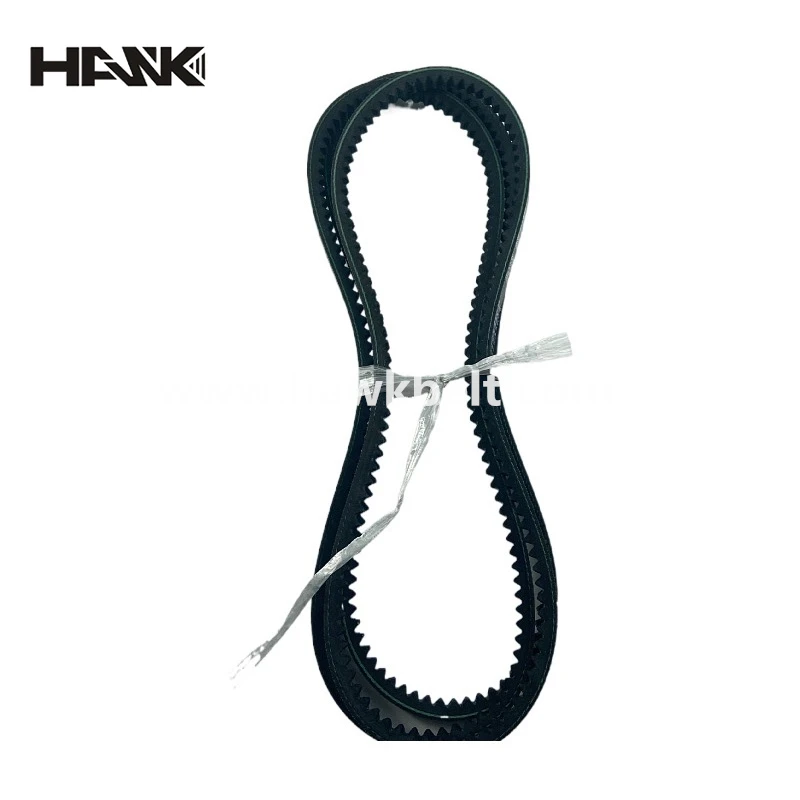- Arabic
- French
- Russian
- Spanish
- Portuguese
- Turkish
- Armenian
- English
- Albanian
- Amharic
- Azerbaijani
- Basque
- Belarusian
- Bengali
- Bosnian
- Bulgarian
- Catalan
- Cebuano
- Corsican
- Croatian
- Czech
- Danish
- Dutch
- Afrikaans
- Esperanto
- Estonian
- Finnish
- Frisian
- Galician
- Georgian
- German
- Greek
- Gujarati
- Haitian Creole
- hausa
- hawaiian
- Hebrew
- Hindi
- Miao
- Hungarian
- Icelandic
- igbo
- Indonesian
- irish
- Italian
- Japanese
- Javanese
- Kannada
- kazakh
- Khmer
- Rwandese
- Korean
- Kurdish
- Kyrgyz
- Lao
- Latin
- Latvian
- Lithuanian
- Luxembourgish
- Macedonian
- Malgashi
- Malay
- Malayalam
- Maltese
- Maori
- Marathi
- Mongolian
- Myanmar
- Nepali
- Norwegian
- Norwegian
- Occitan
- Pashto
- Persian
- Polish
- Punjabi
- Romanian
- Samoan
- Scottish Gaelic
- Serbian
- Sesotho
- Shona
- Sindhi
- Sinhala
- Slovak
- Slovenian
- Somali
- Sundanese
- Swahili
- Swedish
- Tagalog
- Tajik
- Tamil
- Tatar
- Telugu
- Thai
- Turkmen
- Ukrainian
- Urdu
- Uighur
- Uzbek
- Vietnamese
- Welsh
- Bantu
- Yiddish
- Yoruba
- Zulu
Nov . 17, 2024 16:36 Back to list
engine v belt
Understanding Engine V Belts Functions, Types, and Maintenance
Engine V belts, often simply referred to as V-belts, are a crucial component in the operation of various machines and vehicles. These belts are designed to transfer rotational motion and power between two or more pulleys. Their unique “V” shape allows them to fit snugly into the grooves of the pulleys, providing excellent grip and minimizing slippage. This article will explore the function, types, maintenance, and replacement of engine V belts.
Function of Engine V Belts
The primary purpose of an engine V belt is to transmit power from the engine's crankshaft to other components, such as the alternator, water pump, air conditioning compressor, and power steering pump. By doing so, they play a fundamental role in the overall functioning of the vehicle. A well-functioning V belt ensures smooth operation of these components, contributing to the vehicle’s performance and efficiency.
In addition to power transmission, V belts also serve to dampen vibrations and reduce noise between components. Their flexibility allows them to absorb shocks, which can help prevent potential damage to both the engine and accessories.
Types of Engine V Belts
There are several types of V belts available on the market, each designed for specific applications. The most common types include
1. Classical V Belts These are the traditional V belts with a trapezoidal cross-section. They are commonly used in various industrial applications due to their robustness and versatility.
2. Narrow V Belts With a smaller cross-section than classical V belts, narrow V belts are used in high-speed applications where space is a constraint. They provide higher power transmission capability due to their increased surface area contact with pulleys.
3. Variable Speed Belts Designed for applications where speed changes are required, these belts can provide efficient power transmission despite varying speeds and loads.
4. Cogged V Belts Unlike regular V belts, cogged belts have notches (or teeth) on their inner surface, allowing them to grip the pulleys better and operate efficiently in high-performance settings.
engine v belt

5. Double-sided V Belts These belts have a V shape on both sides and can drive two different pulleys simultaneously, making them ideal for specific applications in machinery that require power to be transmitted from two sides.
Maintenance of Engine V Belts
Maintaining engine V belts is vital to ensure vehicle reliability and longevity. Here are some key maintenance tips
- Regular Inspections Check V belts regularly for any signs of wear and tear, such as cracks, fraying, or glazing. Conducting visual inspections can prevent unexpected breakdowns.
- Proper Tension Ensure that the belt tension is within the manufacturer’s specifications. A belt that is too loose may slip and wear prematurely, while one that is too tight can strain the components it drives.
- Alignment Check Misalignment can lead to excessive wear on the belt and pulleys. Periodically check the alignment of the pulleys to ensure that they are properly aligned.
- Cleaning Keep the belt and pulleys clean to prevent debris from causing slippage or wear. Use appropriate cleaning solutions to remove any grime or oil that may have accumulated.
When to Replace Engine V Belts
Replacement of engine V belts is necessary when signs of wear become evident or if performance issues arise. Generally, it is recommended to replace V belts every 60,000 to 100,000 miles, but this can vary based on the vehicle and driving conditions. Look out for symptoms such as squealing noises, loss of power to accessories, or visible damage on the belt itself.
In conclusion, engine V belts play an integral role in the functionality of various mechanical systems. Understanding their types, maintenance needs, and the importance of timely replacement can significantly impact the performance and reliability of your vehicle. Proper care ensures that these crucial components continue to operate efficiently, providing you with a smooth and trouble-free driving experience.
-
Reliable Diesel Engine Belts & Tensioners for Optimal Performance
NewsAug.07,2025
-
23100-KVB-901 Drive Belt for Honda VARIO | OEM Performance
NewsAug.06,2025
-
Variable Belt Drive AI Optimized for Efficiency
NewsAug.05,2025
-
High-Quality Tensioner Belt Pulley - Durable & Efficient
NewsAug.03,2025
-
Premium Timing Belt Factory | AI-Optimized Solutions
NewsAug.02,2025
-
Heat Joining Drive Belt | High-Durability Fusion Solution
NewsJul.31,2025

